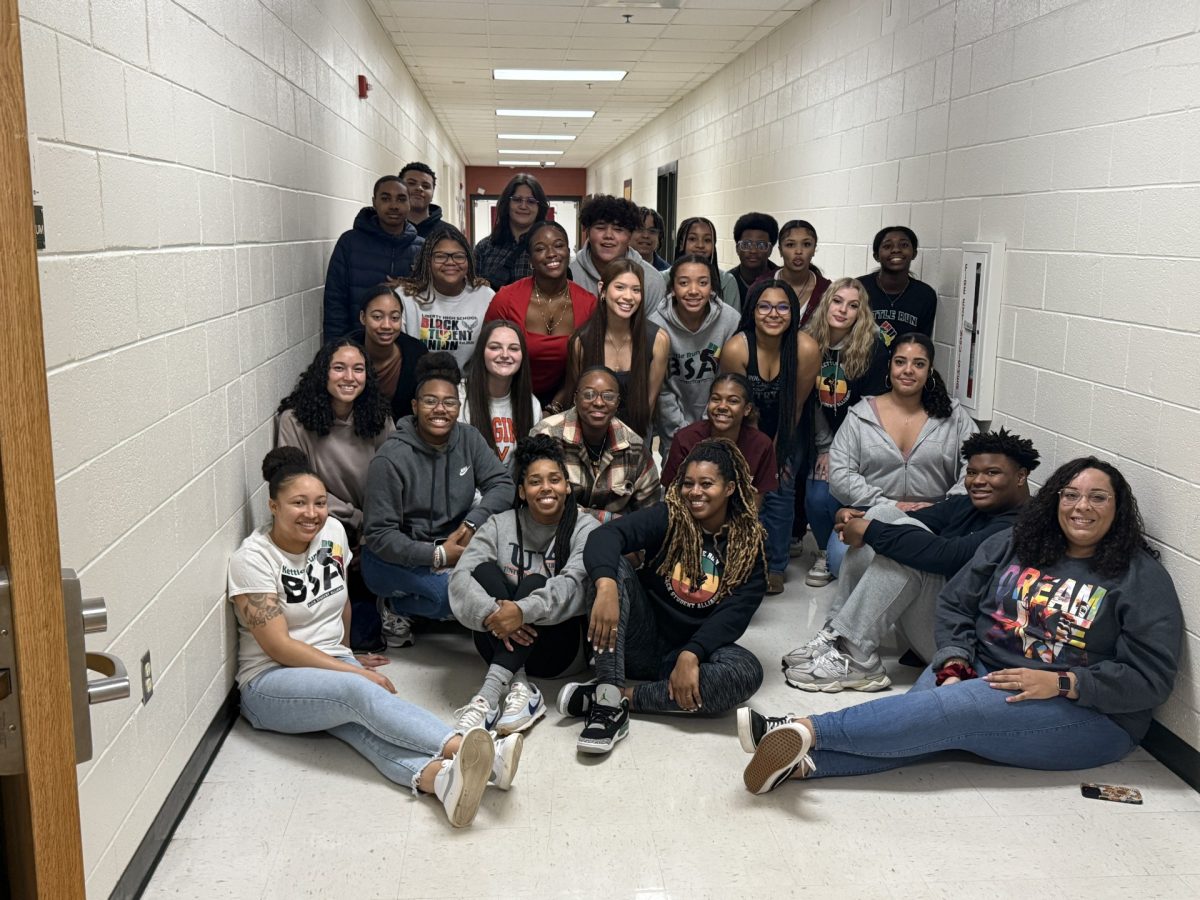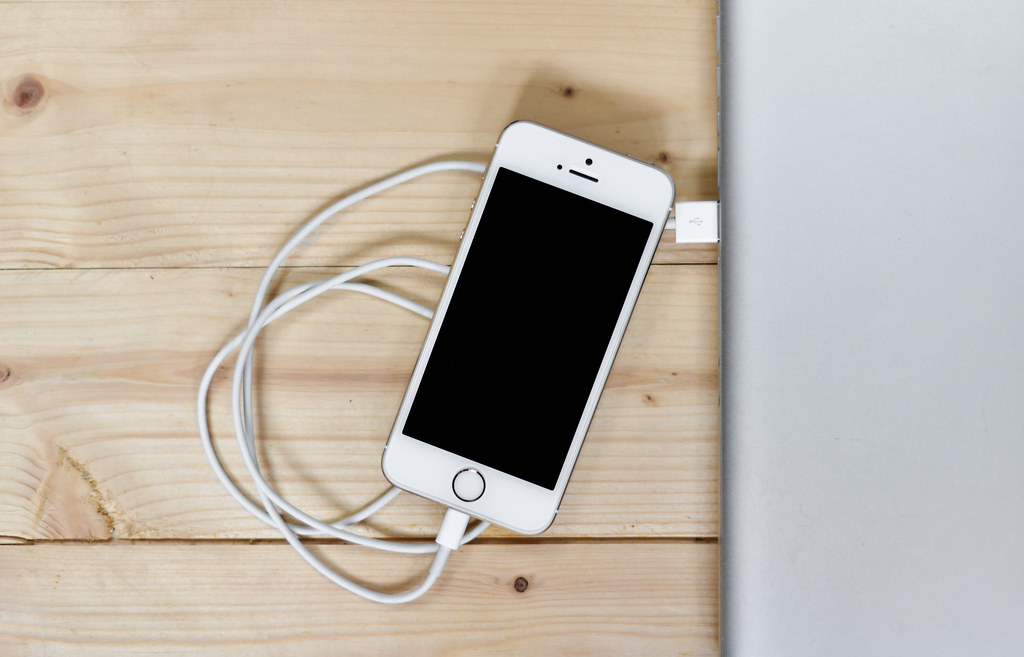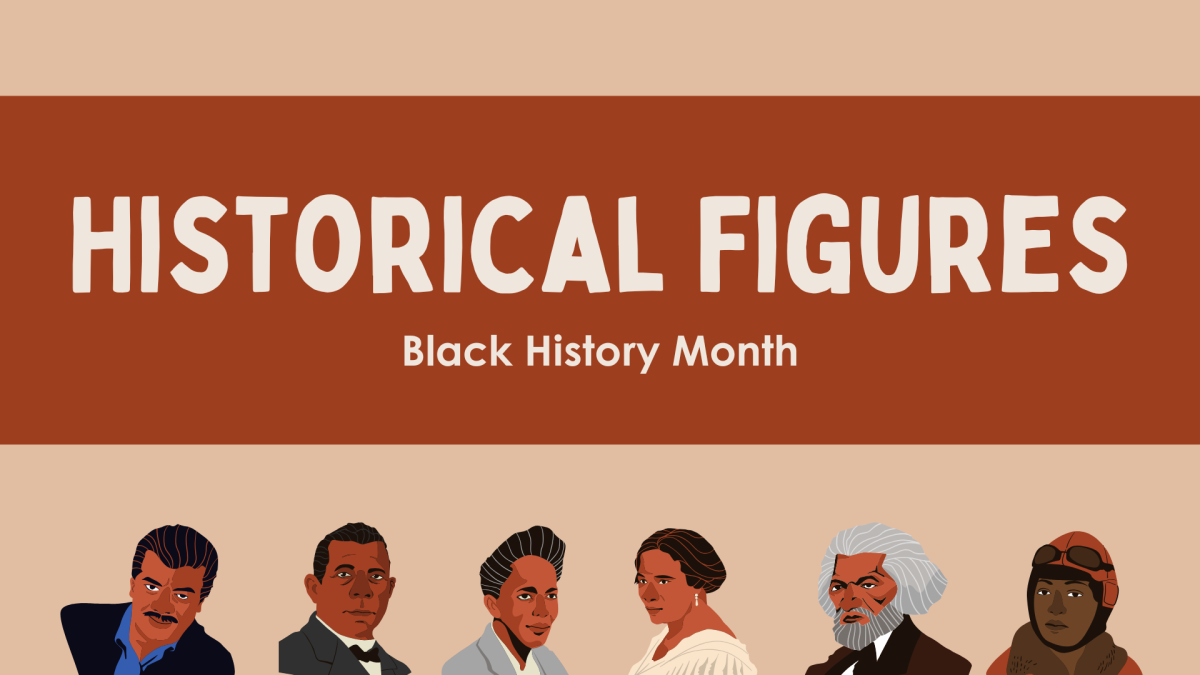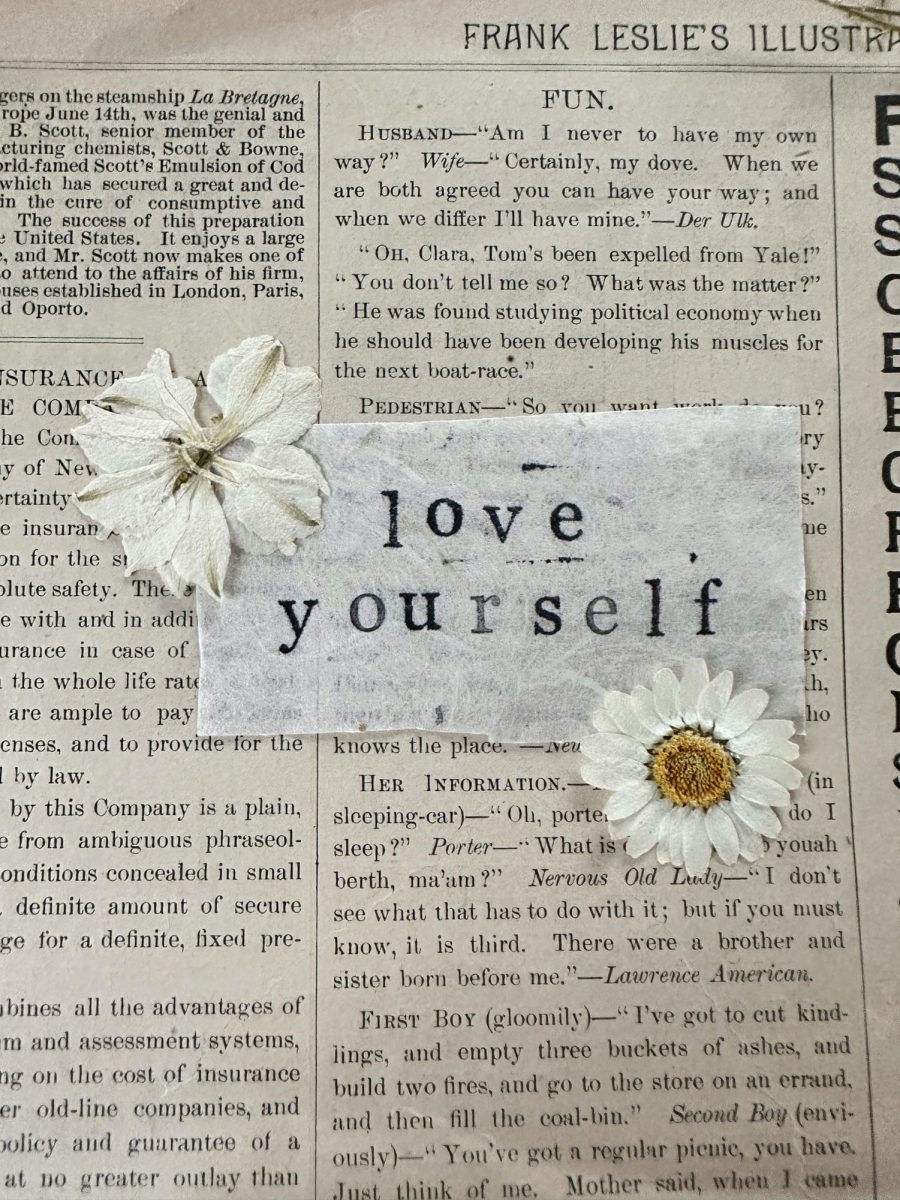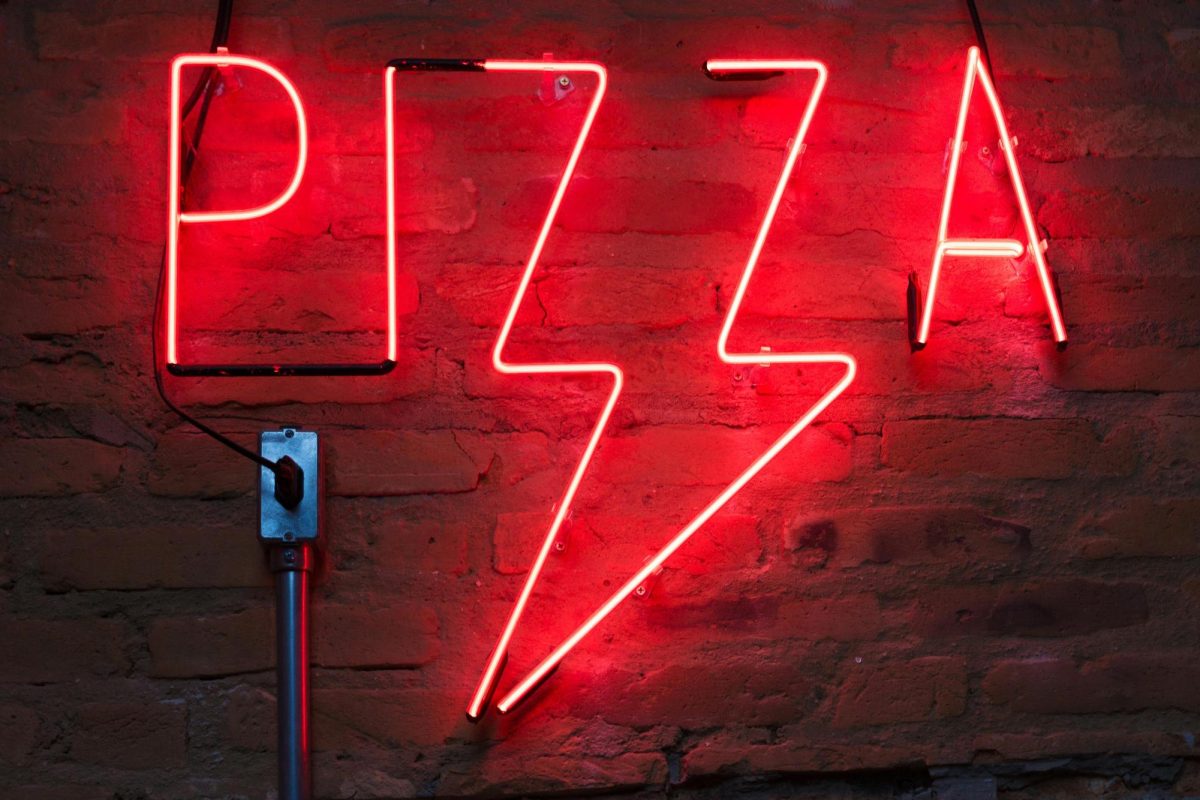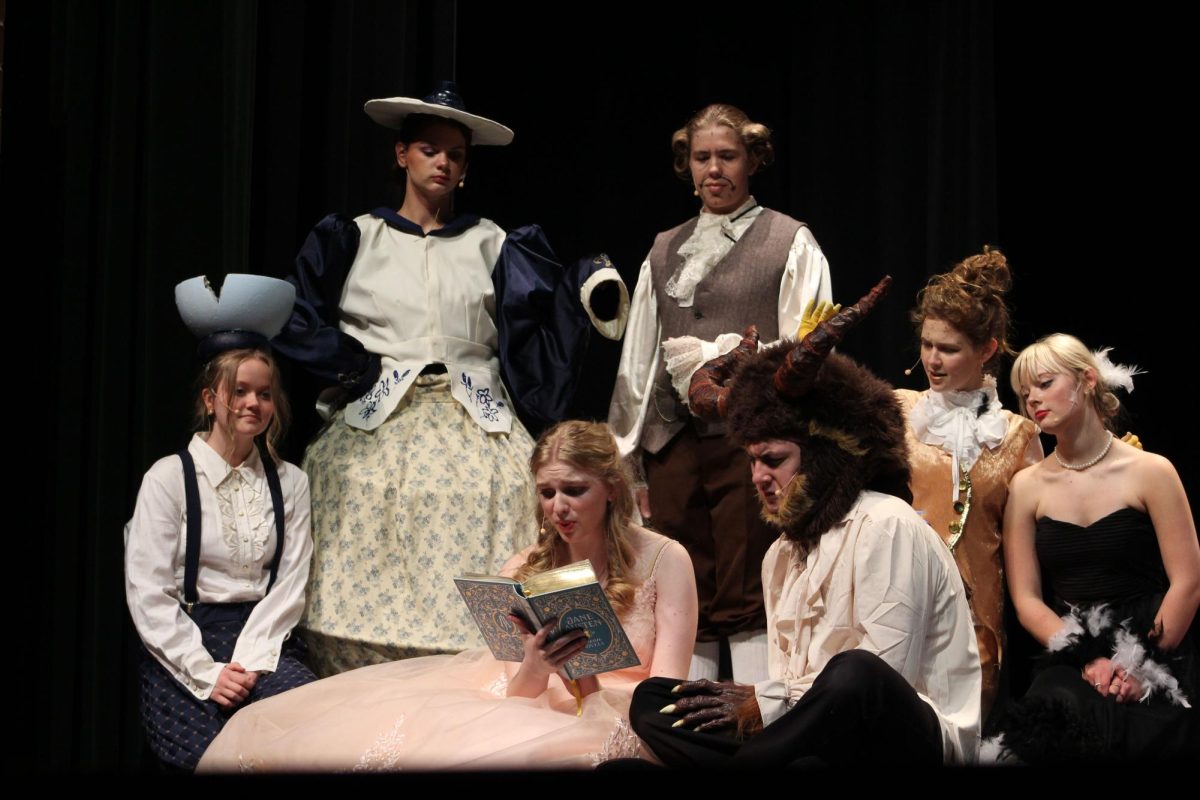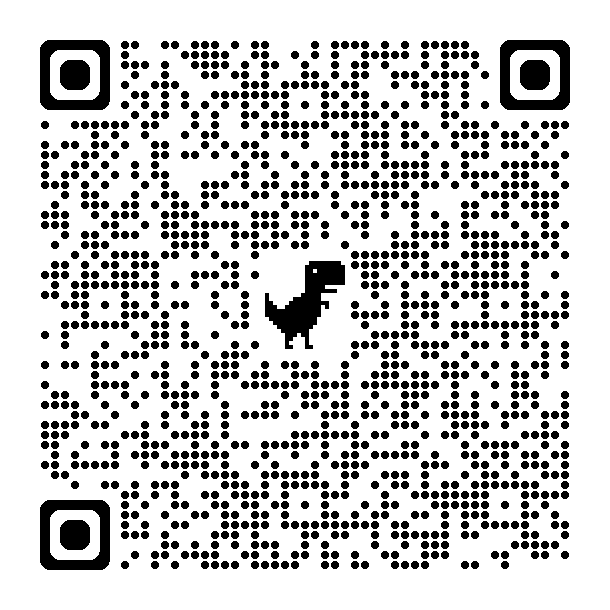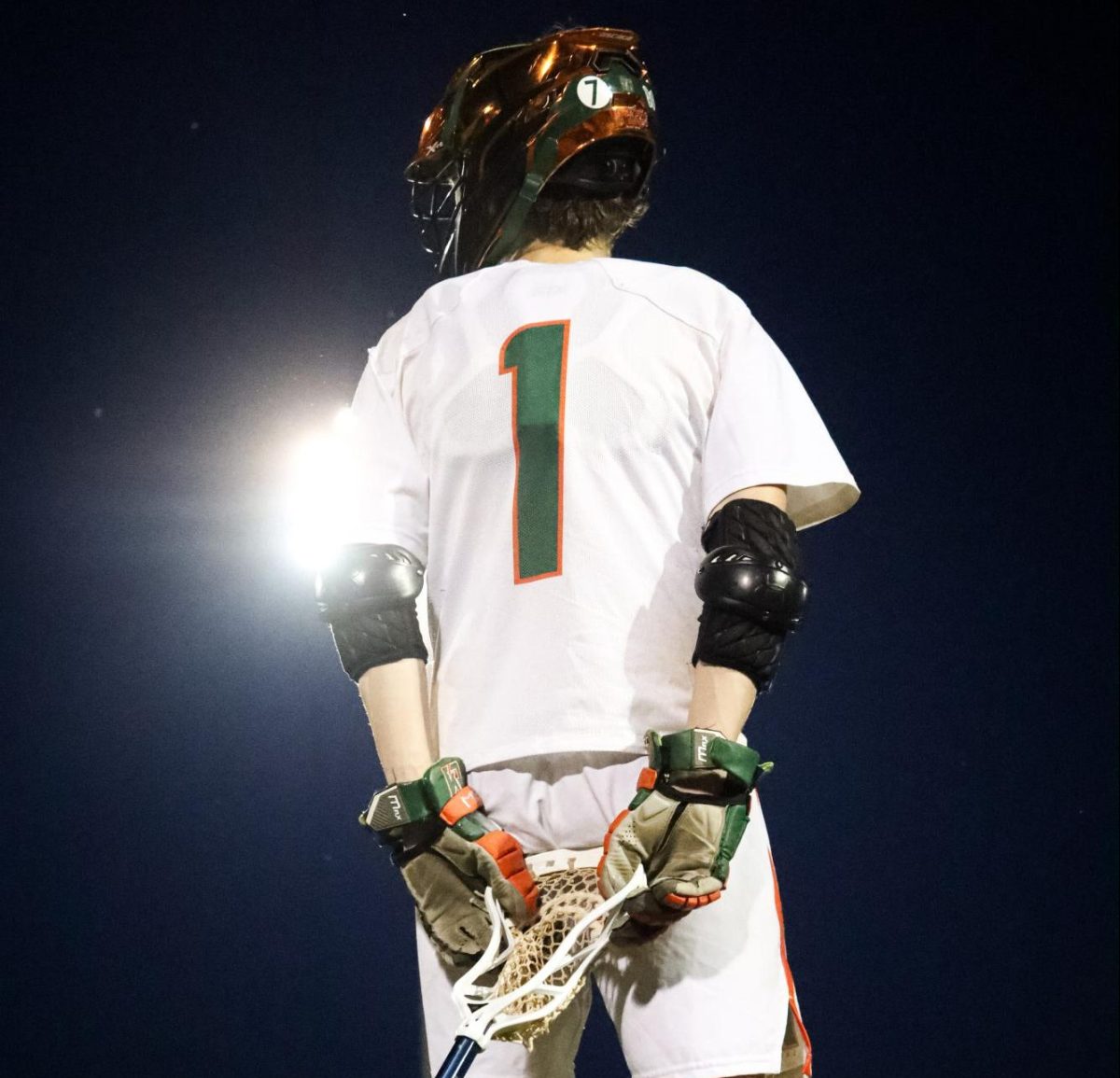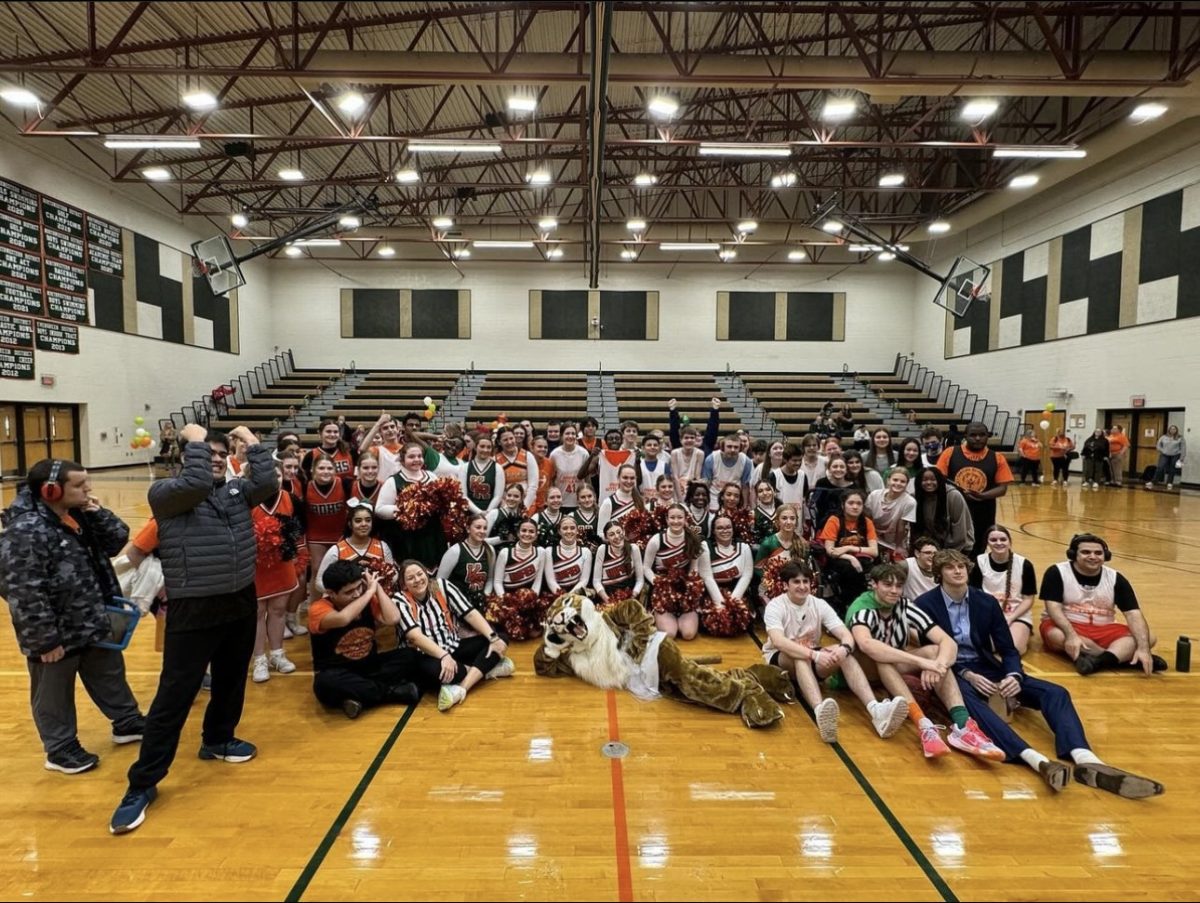Blocking Social Media is Unsettling the School
Students and Teachers are unsure of what is happening with apps
February 22, 2019
“Bzzzt Bzzzt,” your phone vibrates during class, and naturally you go to check it, but what are you missing because of this split-second decision?
This action is incredibly common in today’s society, and has lead to serious disagreement between administration and students. Due to the amount of students who bring in their cell phones, more and more schools are beginning to ban social media apps such as Snapchat, Instagram, and Facebook. These applications were typically blocked, but at the beginning of the 2018-2019 school year, Snapchat and Instagram were no longer blocked on school wifi.
Many students were ecstatic with this discovery, however upon returning from winter break, they found their social media apps blocked once more. Students naturally were very opposed to the newfound blocking of their favorite sites, and have quite a lot to say.
“I believe some social media applications are a distraction from school work and are not used the right way in some cases,” junior Jada Dudley said. “But blocking them from social media is not going to stop student from using them, they will find a way.
Students always end up getting around the roadblock, creating solutions to allow them access media. A massive problem with the current situation regarding blocked apps is the fact that many students have taken to using VPNs in order to get around the firewall.
“The school created a problem for students and they solved it,” senior class president Grant Colgan said. “I totally support VPN’s.”
Teachers, on the other hand, have a much more diverse opinion regarding social media being available to students. Even though social media gets blocked, students will end up on their phones, this has been a big problem for lots of teachers.
“Every year that goes by I see students using their phones more when they’re not supposed to,” history teacher Tim Briles said. “This has been an ongoing trend for a while.”
This can also be a problem with the ability to pay attention in class and the grades the students receive can be affected if the students are on their phones during their class time.
“It’s unlikely that blocking social media will make a difference,” Briles said. “Students still focus on what happens around them. There are better things to be focusing on in school than their problems.”
The overall decision was obviously made by one single person, Louis McDonald, the Director of Technology for Fauquier County. McDonald stated that he has full access to Snapchat, Twitter, and Instagram while on the FCPS Guest Wifi. This raises the question of whether or not these applications are officially blocked by the School Network, however every student would tell you that they certainly are.
“Our security vendors update the list of sites for a service (e.g. VPN), and if that service is blocked then the sites for that service are blocked,” McDonald said. “However, the number of new internet sites that appear on a daily basis is huge (estimates of up to 20,000). It can be difficult, if not near impossible, to keep the list current.”
Many disagree about the effectiveness of blocking applications, due to the ways to circumvent the problem. While this issue will likely remain for quite some time, and agreement is unlikely, the most interesting development is the possibility that social media applications such as Snapchat, Twitter, or Instagram are not blocked behind a firewall, but rather are inaccessible due to other factors such as poor service or overuse of the network. As this issue is out of the hands of students and most faculty, the only option left is to wait and see what happens.



